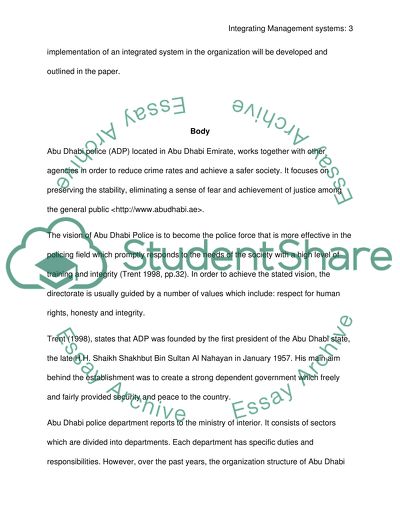Cite this document
(“Integrating Quality, Environmental and Health & Safety Management Essay”, n.d.)
Retrieved from https://studentshare.org/miscellaneous/1560328-integrating-quality-environmental-and-health-safety-management-practices-in-abu-dhabi-police-department
Retrieved from https://studentshare.org/miscellaneous/1560328-integrating-quality-environmental-and-health-safety-management-practices-in-abu-dhabi-police-department
(Integrating Quality, Environmental and Health & Safety Management Essay)
https://studentshare.org/miscellaneous/1560328-integrating-quality-environmental-and-health-safety-management-practices-in-abu-dhabi-police-department.
https://studentshare.org/miscellaneous/1560328-integrating-quality-environmental-and-health-safety-management-practices-in-abu-dhabi-police-department.
“Integrating Quality, Environmental and Health & Safety Management Essay”, n.d. https://studentshare.org/miscellaneous/1560328-integrating-quality-environmental-and-health-safety-management-practices-in-abu-dhabi-police-department.


